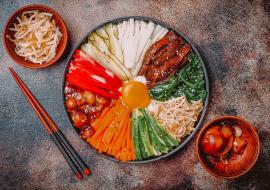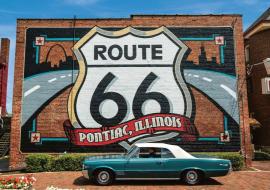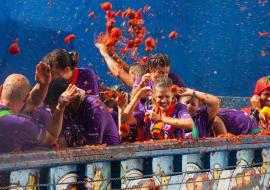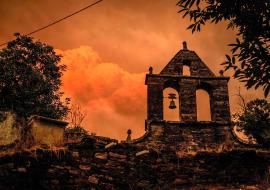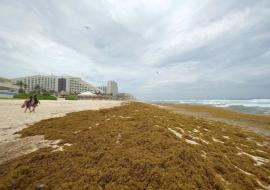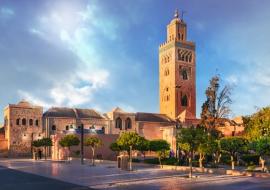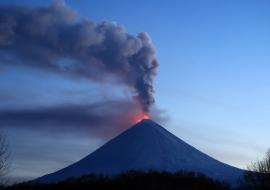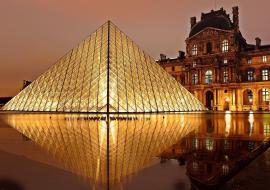Manliness in Alberto Lescay’s Work
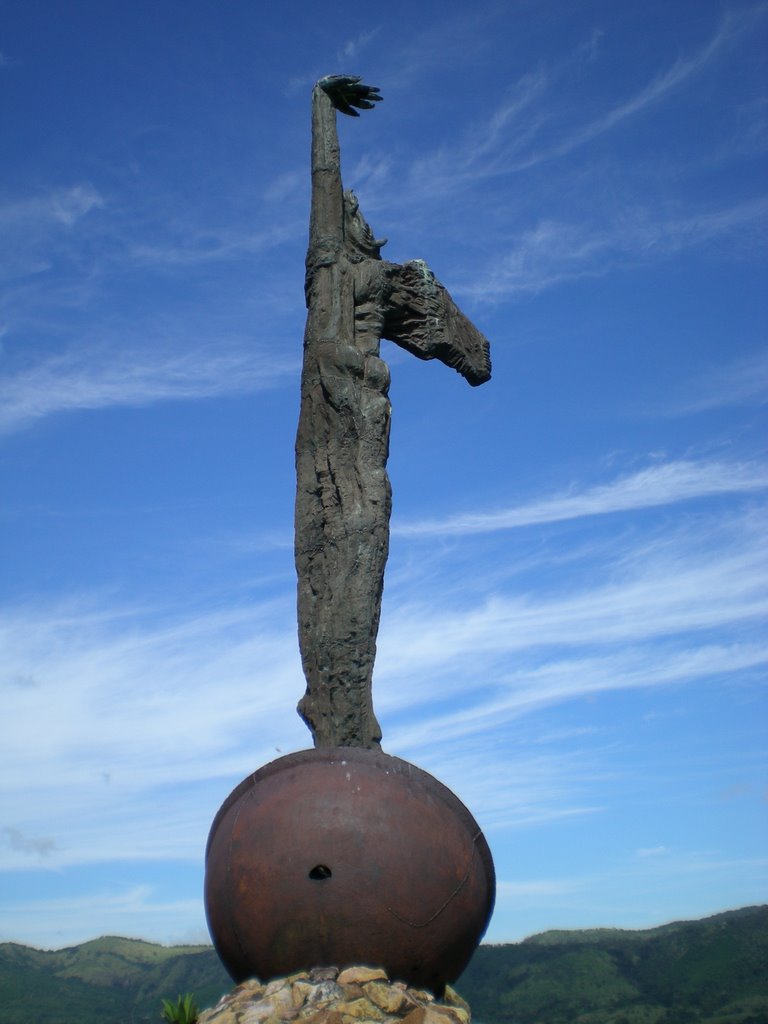
This time around, the slave no longer runs away from the master, he is immortalized and takes possession of symbols of rebelliousness, resistance and emancipation. From the majesty provided by bronze it’s a cult to manliness.
Click on Santiago de Cuba: A City of 500 Years
At the monument to the Cimarron, positioned near El Cobre, Carlos Lloga, researcher with Casa del Caribe in this city, commented: "At first sight, Alberto Lescay’s work gives the impression of being totally masculine"
As for the city geography, the Revolution Square is baptized by Antonio Maceo on his horse. The equestrian sculpture is undoubtedly a chant to the manliness and virility of the Cuban people: "When you observe Lescay’s work you realize that it is an erect work and grows up, not to the sides, it seems to transcend", the writer and art critic points out.
Lescay’s work is reviewed over and over. In fact, Carlos Lloga in his book entitled "Sculpture, Architecture and Manliness in the Visual Discourse of Antonio Maceo Square", places emphasis on the manliness in certain sculptures: "This artist reproduces very important symbols, such as the cimarron, religious, mambi, artist; human elements that seem to be championing something from their perspective", Lloga expresses.
The truth is that, in Santiago de Cuba, there are images capable of putting gravity aside and cracking that energy that attracts us to the ground. There is also an artistic expression that invites to rise with the coldness and strength of bronze, the creation that goes beyond symbols and ideologies and the Caribbean skin to give viewers that necessary feast.







